Encor Chicken Polyclonal to Ubiquitin C-Terminal Hydrolase 1 (UCHL1)
Ubiquitin C-terminal hydrolase 1 (UCHL1) has several other names, such as ubiquitin carboxyl esterase L1, ubiquitin thiolesterase, neuron-specific protein PGP9.5 and Park5. It was originally identified as a major component of the neuronal cytoplasm from 2-dimensional gel analysis of brain tissues, and was given the name PGP9.5 (1). The protein is extremely abundant, and was estimated to be present at a concentration of 200-500 µg/g wet weight, representing a major protein component of neuronal cytoplasm (1). This has been claimed to represent 1-2% of total brain protein. It was later found that a ubiquitin C-terminal hydrolase enzyme activity was associated with the PGP9.5 protein, resulting in the renaming of PGP9.5 to ubiquitin C-terminal hydrolase 1.
This is the first of a family of ubiquitin C-terminal hydrolases which have been characterized, and is expressed heavily in neurons in the brain. The ubiquitin C-terminal hydrolases cleave ubiquitin from other molecules. This activity is important to generate mono-ubiquitin from genes which encode polyubiquitin chains or ubiquitin fused to other proteins. The activity is also important to remove ubiquitin from partially degraded proteins, allowing the ubiquitin monomer to be recycled. Regulation of the ubiquitin pathway is very important and many disease states are associated with defects in this pathway. The covalent ubiquitin conjugates may then be degraded in the proteasome.
Point mutations in the UCHL1 gene are associated with some forms of human Parkinson’s disease (3). Recent studies suggest that UCHL1 also has a ubiqitinyl ligase activity, being able to couple ubiquitin monomers by linking the C-terminus of one with lysine 63 of the other (3). Since UCHL1 is heavily expressed in neurons, antibodies to UCHL1 can be used to identify neurons in histological sections and in tissue culture. The great abundance of this protein in neurons means that it is released from neurons in large amounts following injury or degeneration, so the detection of of UCHL1 in CSF and other bodily fluids can be used as a biomarker.
UCHL1 was also discovered as a gene mutated in some rare familial forms of Parkinson’s disease. Park5 was characterized as the gene causative of this form of Parkinson’s and on analysis the Park5 gene proved to encode an I93M point mutations in the UCHL1 gene, which reduces the ubiquitin hydrolase activity. Interestingly a common allelic variant of UCHL1, the S18Y polymorphism is actually protective against Parkinson’s disease. For a recent excellent review co-authored by the discoverer of UCHL1/Pgp9.5 see reference 4. The HGNC name for this protein is UCHL1.
Antibody was raised in chicken against recombinant full length human UCHL1 purified from E. coli. This antibody is an IgY preparation, with total protein content about 30mg/mL.
HGNC name(s) : UCHL1
Host : Chicken
Clonality : Polyclonal
ID : EnCor Biotechnology Ubiquitin C-terminal hydrolase 1 , UCHL1 UCHL1
Reactivity : Human | Horse | Cow | Pig | Chicken | Rat | Mouse
Isotype : IgY
Conjugation : none
Immunogen : Recombinant full length human
Mass of detected protein : 24 kDa
Uniprot ID : P09936
KGNC name : UCHL1
RRID # : AB_2572393
Purification : Concentrated IgY preparation
Storage : Shipped on ice. Store at 4°C. For long term storage, leave frozen at -20°C. Avoid freeze / thaw cycles.
Validated applications : WB | IF/ICC | IHC
Suggested Dilutions:
WB: 1:10 000. ICC/IF and IHC: 1:1 000.
References :
1. Doran JF, Jackson P, Kynoch PA, Thompson RJ. Isolation of PGP 9.5, a new human neurone-specific protein detected by high-resolution two-dimensional electrophoresis. J Neurochem. 40:1542-7 (1983).
2. Wilkinson KD, Lee KM, Deshpande S, Duerksen-Hughes P, Boss JM, Pohl J. The neuron-specific protein PGP 9.5 is a ubiquitin carboxyl-terminal hydrolase. Science. 1989 246:670-3 (1989).
3. Liu Y, Fallon L, Lashuel HA, Liu Z, Lansbury PT Jr. The UCH-L1 gene encodes two opposing enzymatic activities that affect alpha-synuclein degradation and Parkinson’s disease susceptibility. Cell 111:209-18 (2002).
4. Day IN, Thompson RJ. UCHL1 (PGP 9.5): Neuronal biomarker and ubiquitin system protein. Prog Neurobiol. 2009 Oct 30.
Additional information
| Format | 50 ul, 100 ul, 500 ul |
|---|---|
| Supplier | |
| Host | Chicken |
| Clonality | Polyclonal |
| Conjugation | None |
| Isotype | IgY |
Ask a question about Ubiquitin C-terminal hydrolase 1 , UCHL1 Antibody – CPCA-UCHL1
You must be logged in to post a review.

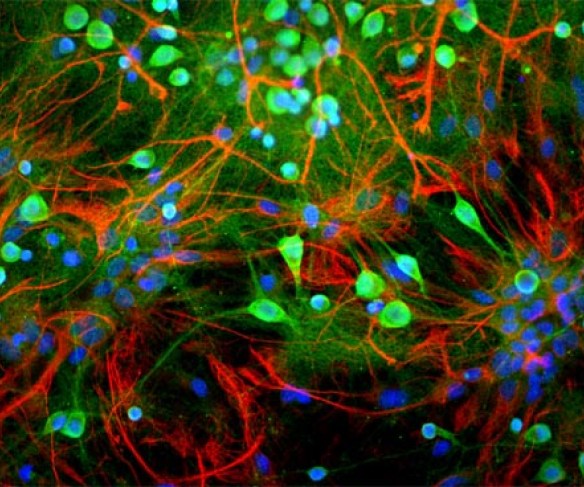

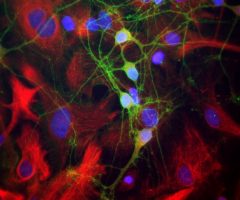
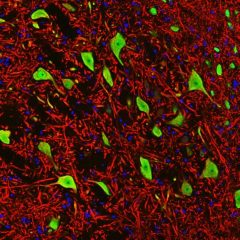
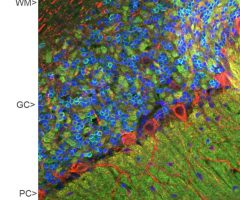
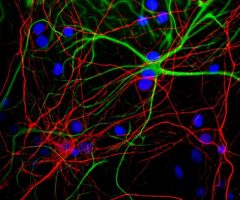
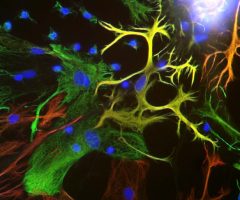
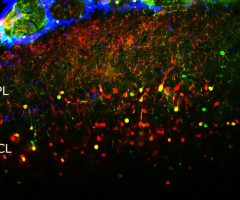
Reviews